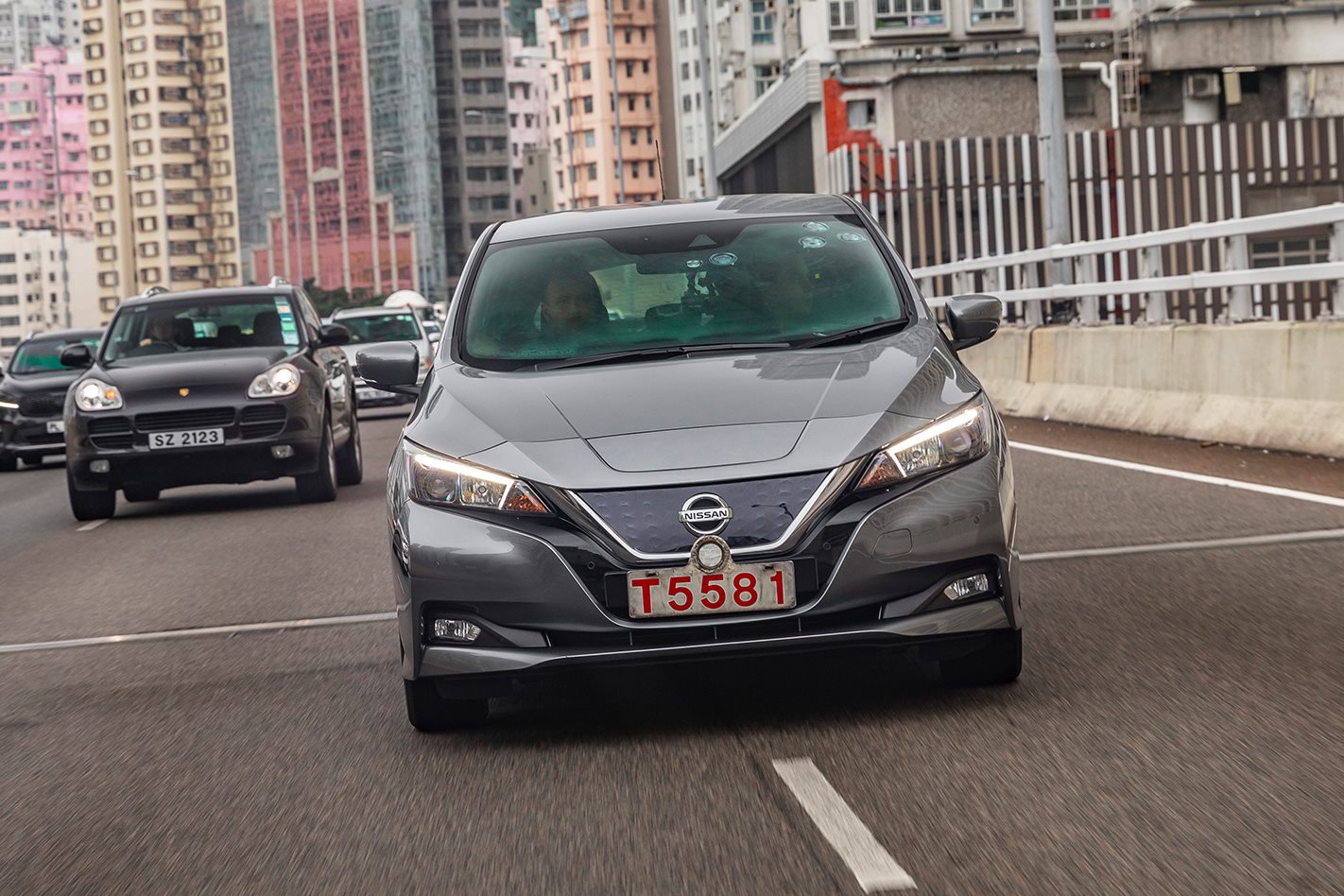Nissan is working on systems that would allow electric car owners to earn money simply by plugging their vehicle into a charger – but Australian energy providers are yet to get on board.
The plan would require the implementation of vehicle-to-grid systems, something that the second-generation Nissan Leaf is capable of with the aid of a bi-directional charger.
Nissan’s head of EV development says that owners of electric vehicles could potentially be paid to allow energy providers access to their vehicles battery during times of peak load. The Japanese manufacturer’s local arm aims to commence vehicle-to-grid trials locally by the end of the year.
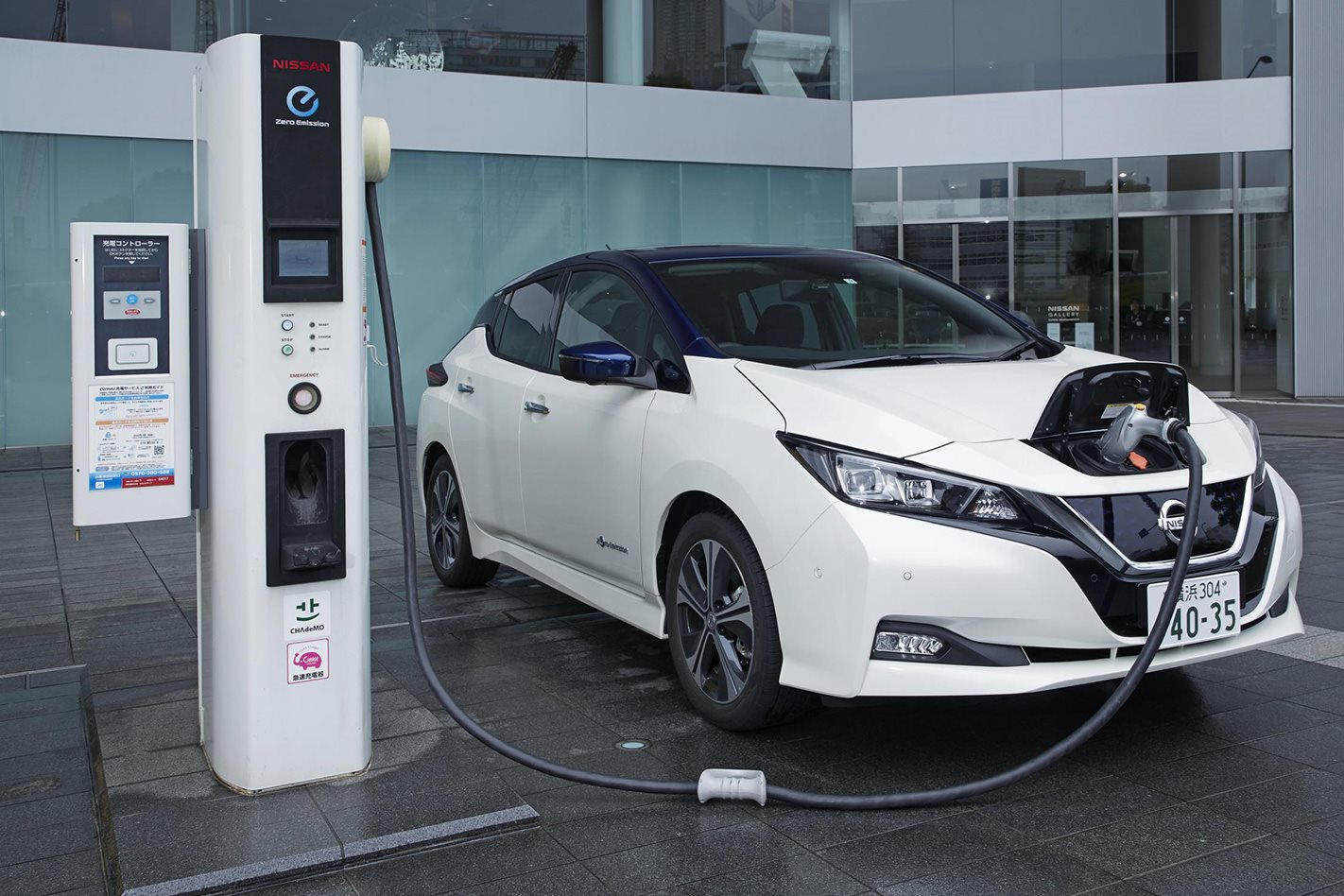
Nicholas Thomas, Nissan’s global EV program director, explained his ambitions to Australian media in Hong Kong.
“We can play with things like demand shift,” he said. “In electricity terms, there is a huge surplus of energy in the middle of the day, and the middle of the night.
“If we can charge EVs at that time, firstly, we can get very cheap energy, but actually if you go to the energy companies, which is my job, and say ‘I can give you control of when we charge EVs with customer consent’, they might actually pay you as a customer for taking the electricity, because they need to get rid of it.”
Thomas envisions stress on the public grid being lessened by energy companies utilising an EV’s battery through a bi-directional charger.
“We can actually say to electricity providers, or your local utility provider, or office, or school, or apartment building, that when there is extra energy such as solar being generated during the day, let’s put it into all of the EVs,” he explained.
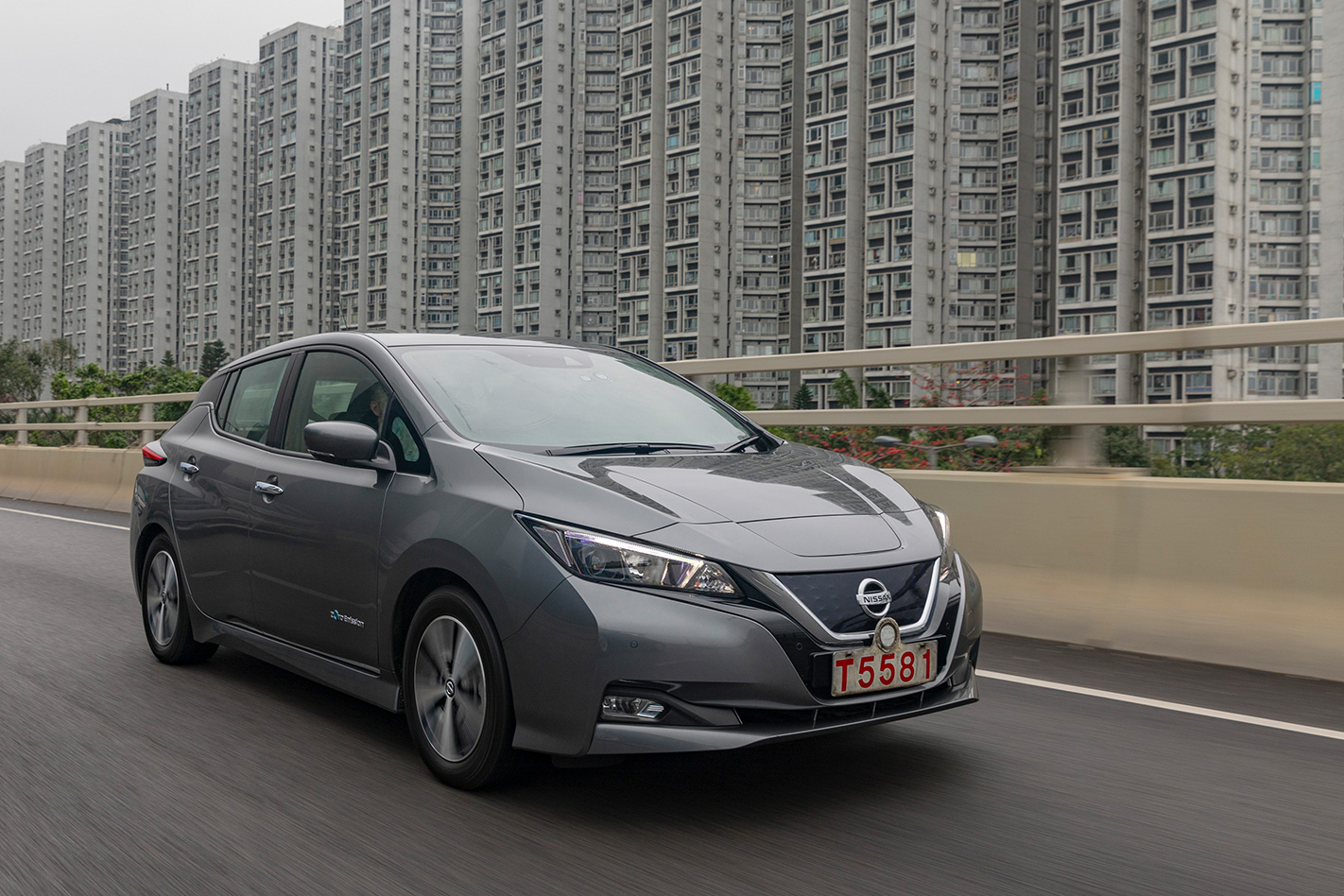
“Then in the evening when there is an excess of demand because everyone turns on their air conditioning, cookers, lights, etcetera, there is a big peak in demand. We can actually give a small amount of the energy stored in each battery back to the building or grid, and again customers could be paid for that.”
Tim Washington is the Director of Jet Charge, an Australian charging solutions provider which is eager to see vehicle-to-grid tech used locally.
“We are talking to logistics companies about how they can use their fleet to stabilise the grid,” he told Australian media in Hong Kong.
“Imagine you are a logistics company, and your drivers rock up to work at 6am, and leave at 4pm. All those vans are parked at a depot, doing nothing, from 4:30 in the afternoon until 6 the next morning. I can use the power capacity in those vans during power peaks, and then we can charge them up in two hours at 4am – that’s vehicle to grid.”
While the idea may sound good in theory, Australian electricity providers, and the local grid regulator were both caught off guard when Wheels began asking questions about local implementation.
Wheels asked Origin Energy for comment, but a spokesperson said it was “far too early for us to be offering any informed view”.
“Origin is actively trailing new technologies that help our customers find smarter ways to improve how they use and store energy and we’ll monitor emerging technologies that might achieve this objective,” they added.
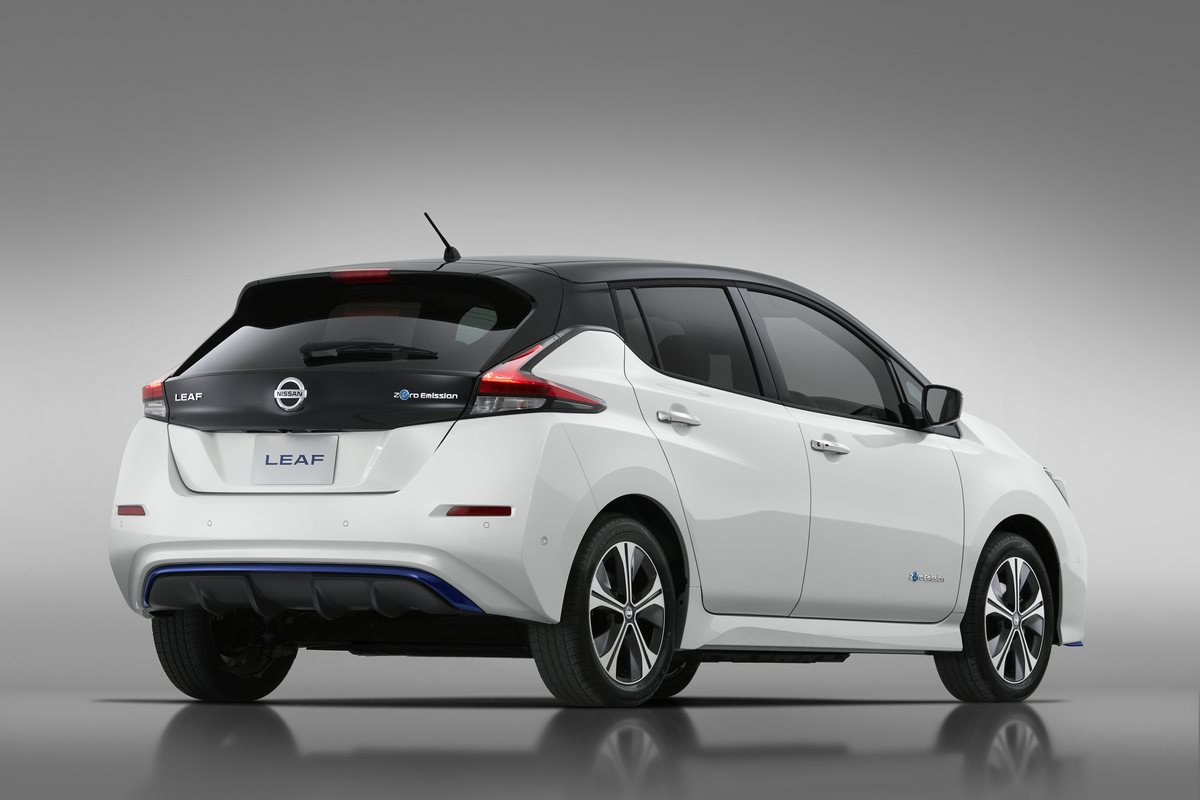
The energy supplier suggested the Australian Energy Market Operator (AEMO) would be able to shed further light as the government body responsible for regulating the grid.
However, the AEMO wasn’t prepared to provide insights in regards to local vehicle-to-grid systems.
“At this point in time, it is still part of our analysis, and it is not something we are in a position to comment on right now, just because we are still working on forecasting reports,” an AEMO spokesperson told Wheels.
Nissan Leaf: before the bandwagon
While Nissan’s global executives, and local charging solution providers, remain bullish on vehicle-to-grid use locally, it seems those responsible for our grid are yet to commit publically to the technology.
Another barrier to vehicle-to-grid being adopted at the moment is prohibitive entry costs associated with the bi-directional chargers which are needed to ensure the system works.
However, Nicholas Thomas says this obstacle could soon be eliminated.
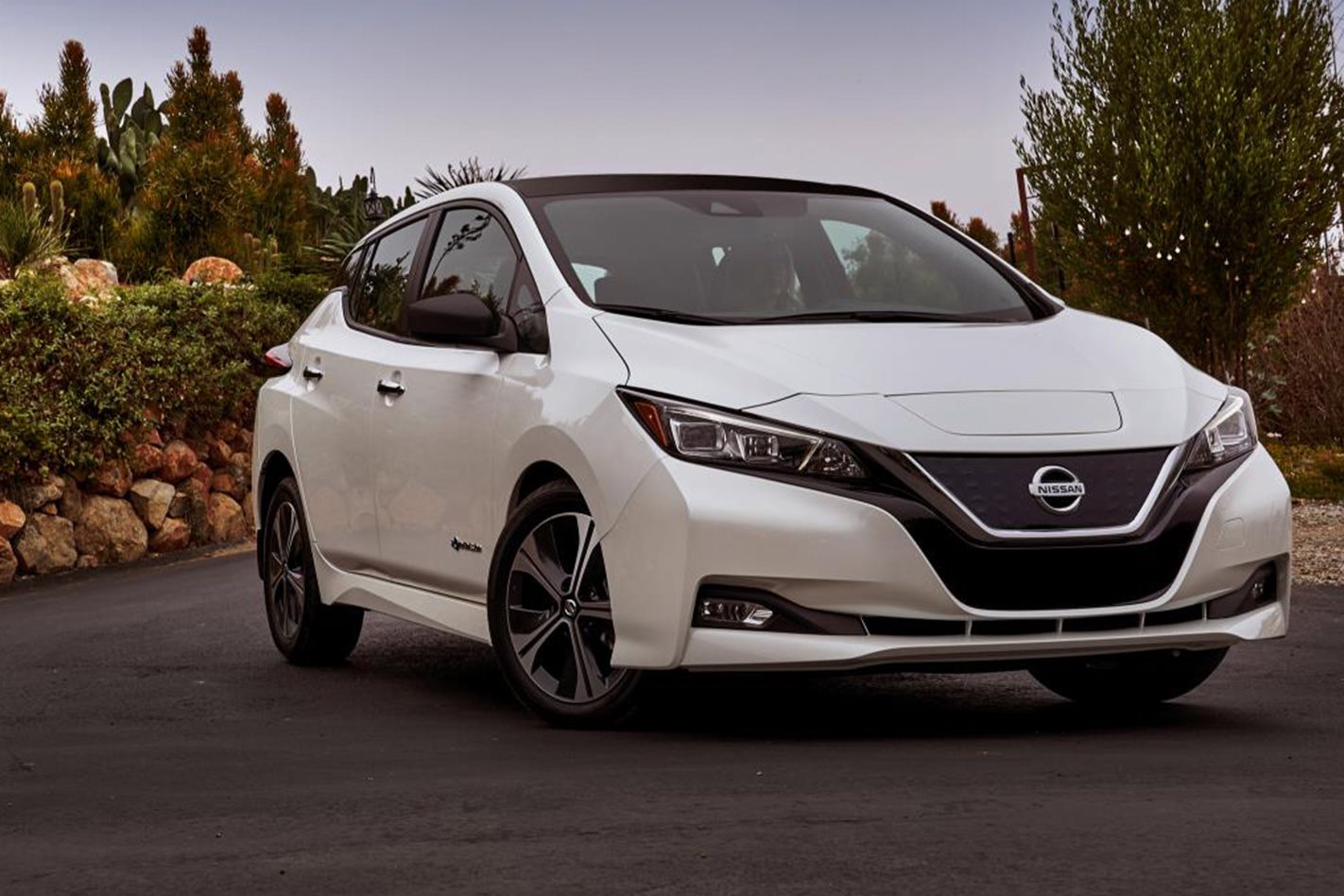
“Today [charger pricing] is the blocker,” he explained. “Today, those chargers are expensive.
“We will not build the chargers ourselves, we are working with charger manufacturers to bring that cost down. There are a number of different companies that are predicting that we could get a charger into the market in the second half of this year, at below US$3000 (A$4222)”
Tim Washington predicts vehicle-to-grid systems could be widespread in the “next five to seven years”.
The possible implications of vehicle-to-grid are significant, with Washington envisaging the technology helping lower the price of everyday goods, like those found in your local supermarket.
“I want to offer a world with vehicle-to-grid, where in my ideal scenario, I can offer zero marginal cost mobility,” he said.
“I want to be in a situation in the future that because of our ability to take energy from the car and put it back into the grid, that I can offer really big logistics companies the ability to run their fleet for free because of the services that they can offer to the grid.
“That would mean cheaper goods for everybody, and cheaper transportation for everyone.
“Imagine saying to Coles, ‘you will have no net marginal fuel bill for the year’. That is realistic, and possible in the next five to seven years.”
For vehicle-to-grid to reach its full potential, it will require a relatively large fleet of EVs on Australian roads. However, Washington predicts the critical number will be reached in half a decade if predicted sales figures of 10 percent market share for electric vehicles are reached.
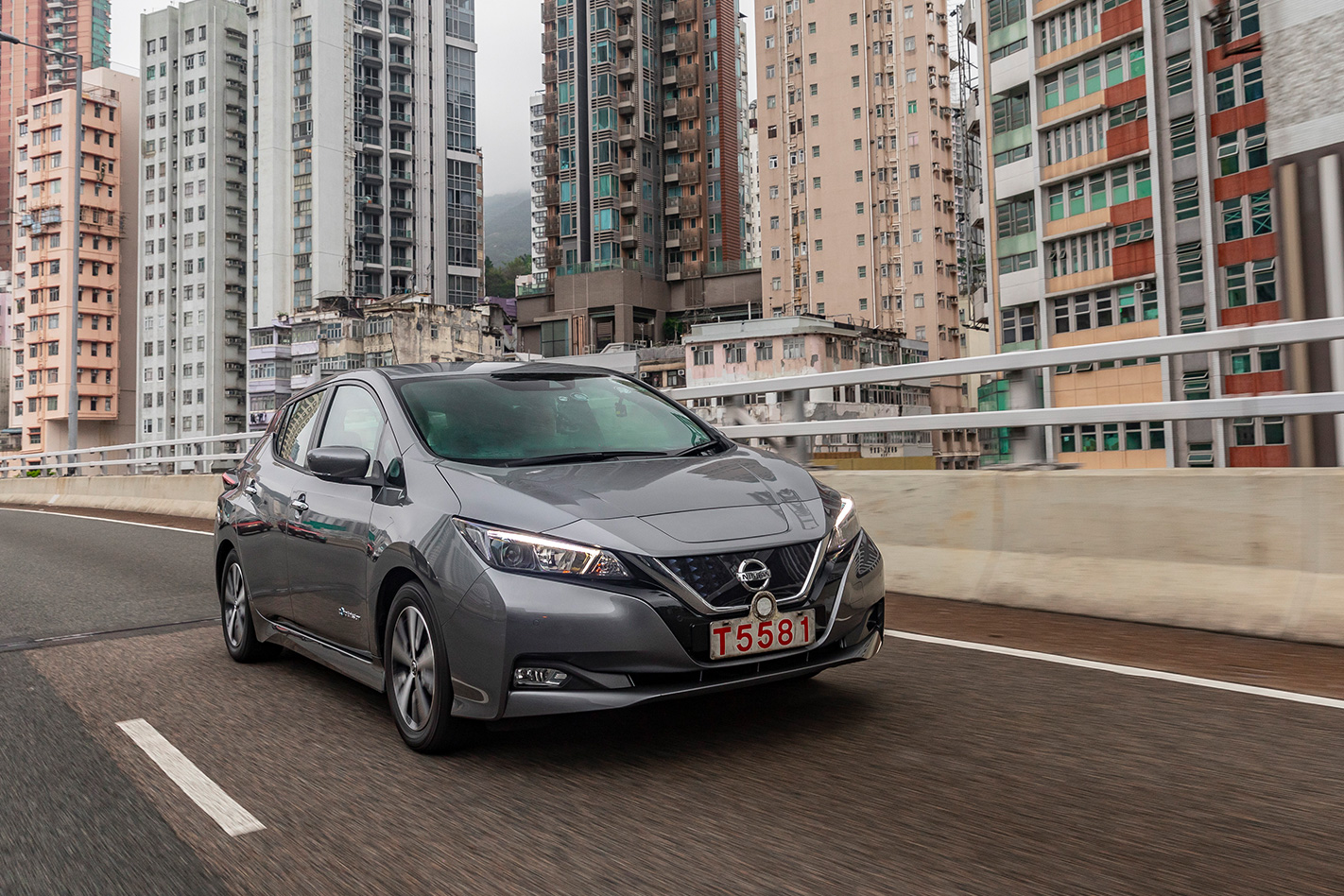
“Depending on where the car market goes, that’s around 100,000 vehicles a year,” he added.
“The average charger draw is 7kW, so that’s 700,000kWh of potential power [if 100,000 vehicles are plugged in]. That’s a lot of power, that’s 700mW.
“Putting that into context, earlier this year Victoria went into rolling black outs, and the energy generation short fall at that point was 250mW. Essentially what we are trying to do is we are trying to say these cars can be used to plug the generation gap when it is needed in the middle of the afternoon as an asset to the grid.”
While electric vehicle sales may grow in the future, vehicle-to-grid will be unable to be utilised fully in Australia without the support of the grid regulator, and energy suppliers, who both remain uncommitted at the moment.


